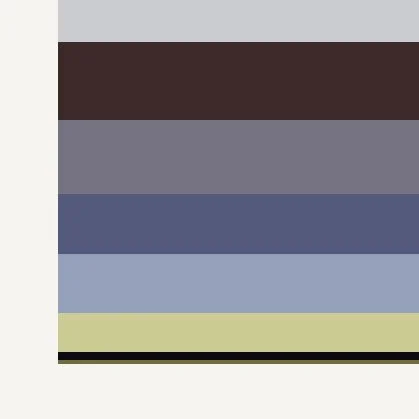 Image 1 of 3
Image 1 of 3

 Image 2 of 3
Image 2 of 3

 Image 3 of 3
Image 3 of 3




Field Guide : Hooded Oriole (Male)
Unlimited edition. 18 x 24 inch, museum-quality poster on matte paper.
I occasionally spot hooded orioles here in Northern California, but the male hooded orioles that light up our yard’s oak canopies are a little more yellow and a little less orange than the group I used as the model for this color column. For this print, I looked closely at hooded orioles belonging to the Culcullatus group, birds that occur in the more southerly and easterly bit of the species’ range, which extends from coastal Northern California down to Mexico’s Yucatan Peninsula and Belize. The three subspecies that make up the Culcullatus group generally show a little more orange in their plumage than birds in the Nelsoni group, which occur in the more northerly and westerly stretches of the oriole’s range.
If my neighborhood had more palm tree species planted by residents, I’d probably see more hooded orioles. While the birds visit our oaks and California bay laurels now and again, they’re closely associated with palms in this state. In fact, hooded orioles used to be called palm-leaf orioles in California. The birds especially make use of palms for nesting, and ornithologists believe that the ornamental plantings of palms throughout the state allowed hooded orioles to expand their range northwest from Texas.
Like all its New World “oriole” relatives, the hooded oriole is actually a member of the blackbird family (Icteridae). Based on their colors and behavior, many New World blackbirds were (understandably, but) incorrectly lumped into the Old World bird family Oriolidae by early taxonomists. Now that we know they’re not related (their similarities are due to convergent evolution), perhaps we could choose a more appropriate common name?
Note: These archival poster prints feature rich, appealing colors. I encourage customers to take care in handling them until they are framed/protected for display; the darker colors on the matte paper can be scratched. They ship rolled, so customers need to flatten them before framing (or have their framer do so).
Charitable Sales Model: Whenever one of these poster prints is purchased, a charitable contribution equal to 10% of the print’s cost (or $3.60) is made to a nonprofit working to tackle environmental or social challenges. Read more about my charitable sales model here.
Unlimited edition. 18 x 24 inch, museum-quality poster on matte paper.
I occasionally spot hooded orioles here in Northern California, but the male hooded orioles that light up our yard’s oak canopies are a little more yellow and a little less orange than the group I used as the model for this color column. For this print, I looked closely at hooded orioles belonging to the Culcullatus group, birds that occur in the more southerly and easterly bit of the species’ range, which extends from coastal Northern California down to Mexico’s Yucatan Peninsula and Belize. The three subspecies that make up the Culcullatus group generally show a little more orange in their plumage than birds in the Nelsoni group, which occur in the more northerly and westerly stretches of the oriole’s range.
If my neighborhood had more palm tree species planted by residents, I’d probably see more hooded orioles. While the birds visit our oaks and California bay laurels now and again, they’re closely associated with palms in this state. In fact, hooded orioles used to be called palm-leaf orioles in California. The birds especially make use of palms for nesting, and ornithologists believe that the ornamental plantings of palms throughout the state allowed hooded orioles to expand their range northwest from Texas.
Like all its New World “oriole” relatives, the hooded oriole is actually a member of the blackbird family (Icteridae). Based on their colors and behavior, many New World blackbirds were (understandably, but) incorrectly lumped into the Old World bird family Oriolidae by early taxonomists. Now that we know they’re not related (their similarities are due to convergent evolution), perhaps we could choose a more appropriate common name?
Note: These archival poster prints feature rich, appealing colors. I encourage customers to take care in handling them until they are framed/protected for display; the darker colors on the matte paper can be scratched. They ship rolled, so customers need to flatten them before framing (or have their framer do so).
Charitable Sales Model: Whenever one of these poster prints is purchased, a charitable contribution equal to 10% of the print’s cost (or $3.60) is made to a nonprofit working to tackle environmental or social challenges. Read more about my charitable sales model here.